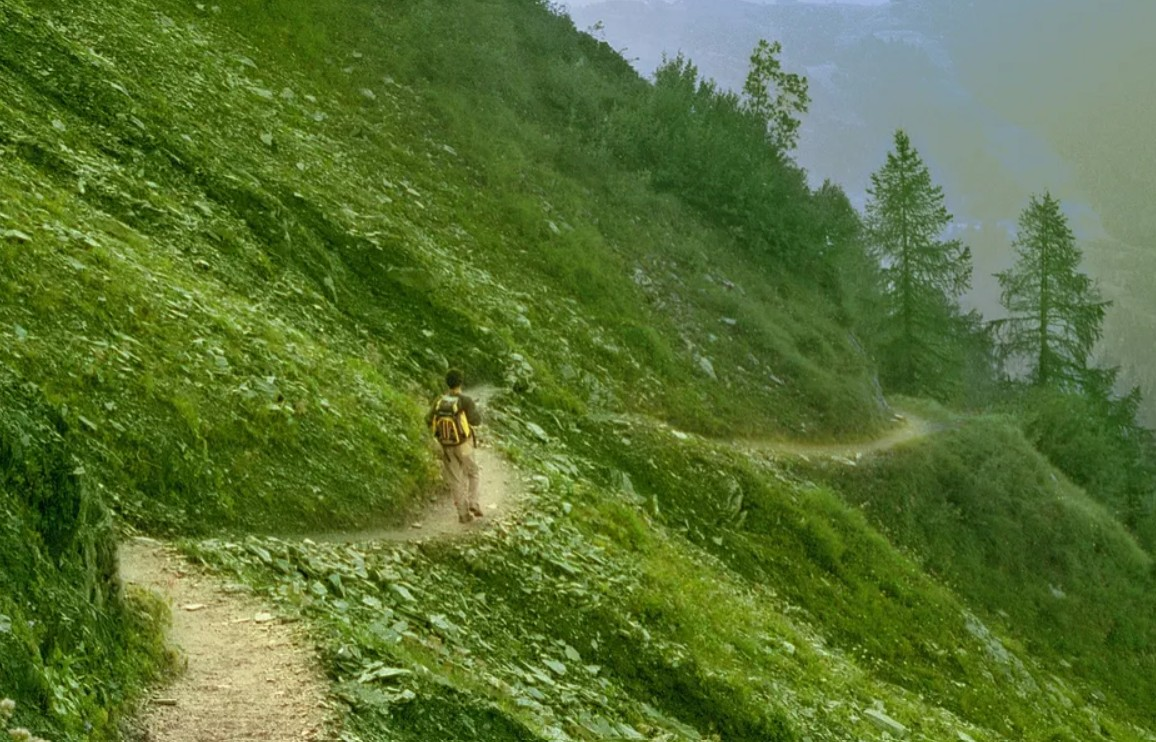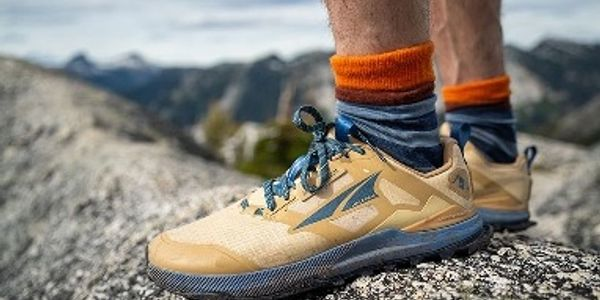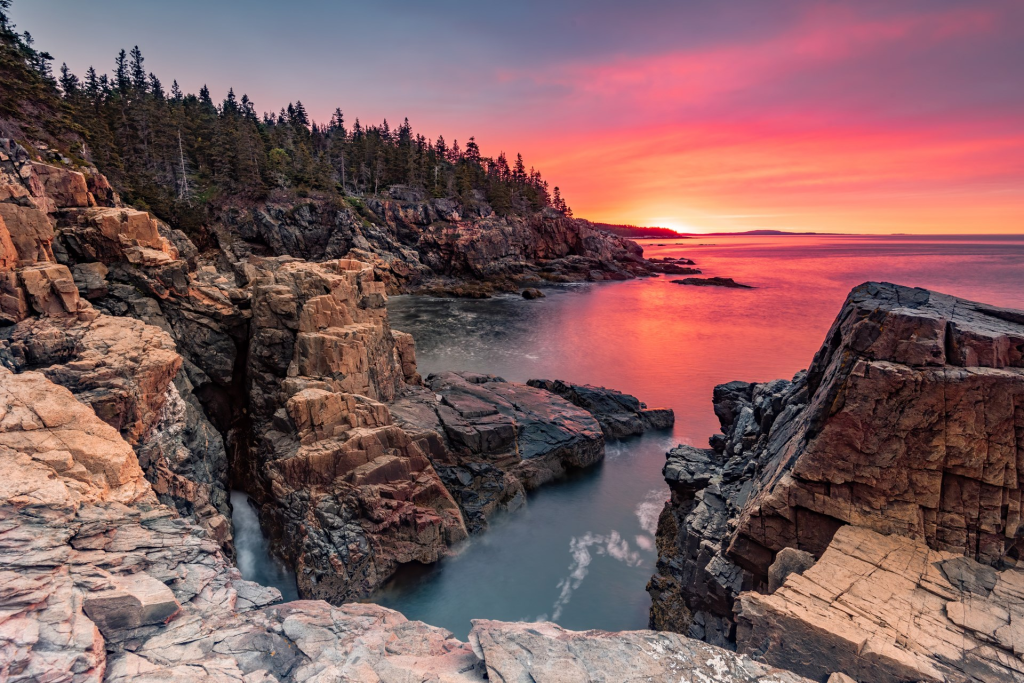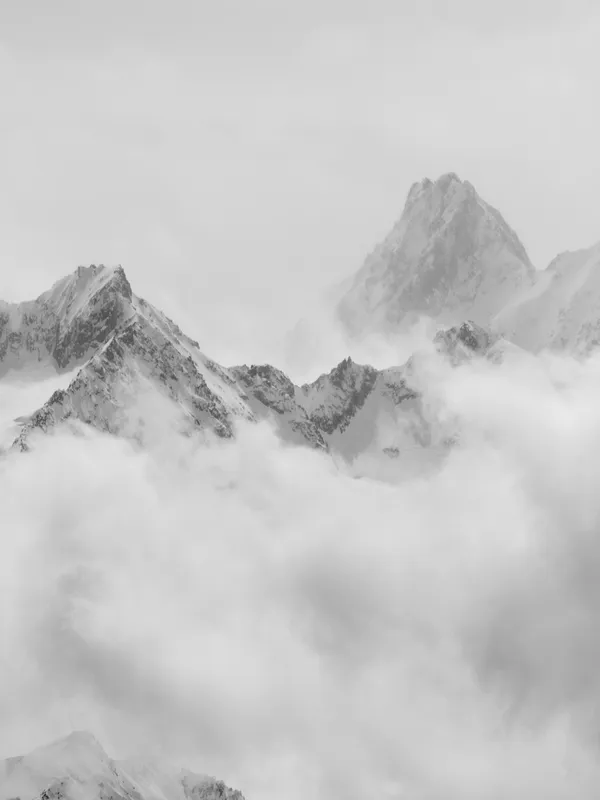The Gorge, The Valley, and The Three Sisters of Oregon
By Cap Puckhaber, Reno, Nevada
I’ve been hiking and writing about the outdoors for over 20 years, and I can tell you that Oregon is just different. It’s one of the few places where you can experience a dozen different ecosystems, sometimes in a single day. You’ve got the mossy, temperate rainforests of the Columbia River Gorge, the rolling oak savannas near Eugene, and the rugged, volcanic peaks of the . After countless trips, I’ve built a pretty solid playbook for how to tackle this state, whether I’m looking for a quick, rewarding day hike or a grueling multi-day backpacking trip.
This isn’t just a “best of” list. This is my on-the-ground guide to some of my favorite, most representative hikes in Oregon. I’m going to cover the essential details for in the Gorge, the in Eugene, and the epic . More importantly, I’ll cover the practical stuff nobody talks about enough: the confusing , my non-negotiable gear, and the best places to camp to support each adventure. Let’s get into it.
My Go-To Waterfall Hike: The Wahclella Falls Experience
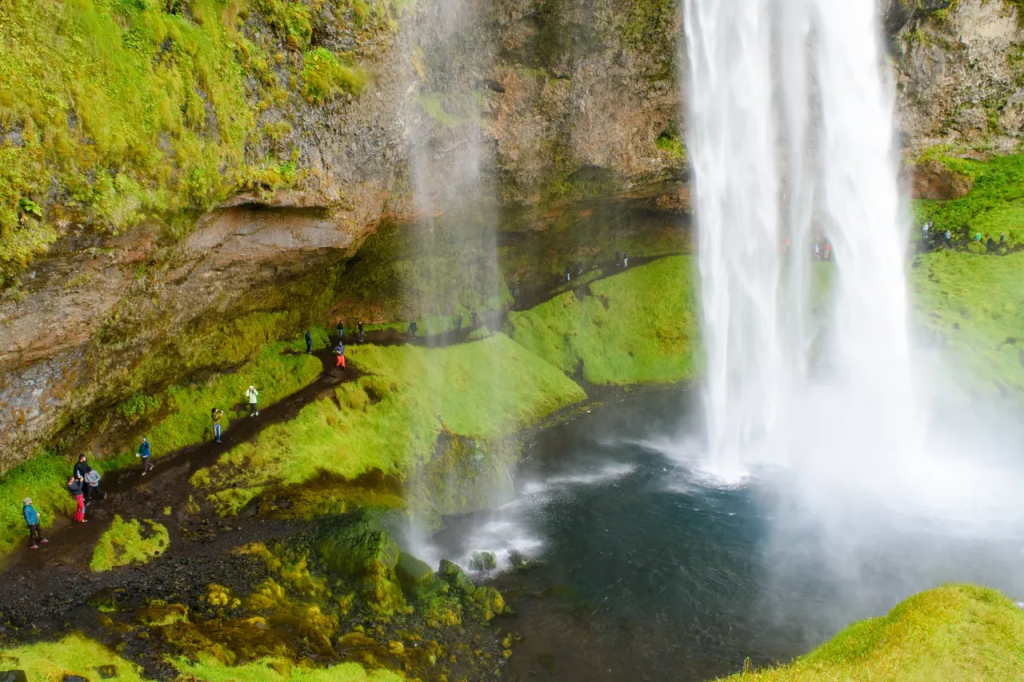
When friends from out of state visit and ask for the quintessential Oregon hike, I often skip the crowds at Multnomah and take them to Wahclella Falls. It’s located in the Columbia River Gorge, about 40 miles east of Portland, and it’s one of the most rewarding short hikes I know. The trail itself is an that follows Tanner Creek through a stunning, narrow canyon. You’re surrounded by lush forest, moss-covered basalt cliffs, and smaller cascades before you even reach the main event.
The payoff is the impressive two-tiered waterfall, which into a massive, misty amphitheater. I remember the first time I went, I was completely soaked from the spray just from trying to get a good photo. It’s an incredible display of nature’s power, and it’s accessible for almost any skill level. Because it’s so popular, the parking lot fills up extremely fast, especially on sunny weekends. I always make a point to get there early in the morning or try my luck on a weekday afternoon.
What to Expect on the Trail
The trail (which, thankfully, is ) starts out wide and easy. You’ll quickly pass a small dam for the . After that, the path narrows and hugs the canyon wall, with a few steep-but-short sections. The loop portion at the end takes you over a sturdy bridge for that picture-perfect view. It’s a great hike for families or for breaking in a new pair of hiking boots.
Don’t let the short distance fool you, though. The rocks near the falls are permanently slick from the mist, so good traction is a must. This isn’t the place for flip-flops. I’ve seen more than one person take a spill trying to scramble for a selfie.
Parking, Passes, and Getting There
Getting here is simple. You take I-84 east from Portland to Exit 40 for the Bonneville Dam. Turn right onto Tanner Creek Road, and the trailhead parking lot is right there. The most important thing to remember is that you need a pass. A or a is required to park. They aren’t sold at the trailhead, so you have to . Be sure to display it on your dashboard; I’ve seen the fines, and they are not cheap.
For camping, you absolutely cannot camp at the falls. The area is for day use only. If you’re looking to stay the night, your best bets are nearby campgrounds like (just a few miles east) or (to the west). For backpackers, the closest backcountry option is the , which you can access from other trails. You’ll need a for that, which is usually available at the trailheads.
Finding Solitude Near the City: Hiking Eugene’s Ridgeline Trail
As much as I love the epic, remote wilderness, sometimes I just want a good, long hike without a three-hour drive. This is where comes in. It’s a network of trails in the south hills of the city that offers a genuine forested escape. The full system connects for about 12 miles, but it’s designed to be hiked in smaller sections. You can easily create a 5-mile loop or a 2-mile out-and-back depending on which trailhead you use.
The trails wind through beautiful, classic Willamette Valley landscapes: mossy forests, open meadows full of wildflowers in the spring, and fern-filled valleys. What I love about it is the accessibility. You can be having coffee downtown and, 15 minutes later, be on a quiet trail with nothing but the sound of birds. It’s my go-to spot for clearing my head and stretching my legs when I’m in the area.
The Reward: Summiting Spencer Butte
The most popular and, in my opinion, most rewarding part of the Ridgeline system is the . The main trailhead off Willamette Street is the most common access point. From there, it’s a short but very steep that gains about 800 feet. The last little bit is a rocky scramble, so you’ll want to use your hands.
The effort is absolutely worth it. The summit is a bald, rocky peak that offers one of the best 360-degree views in the entire valley. On a clear day, I’ve been able to see all the way north to Mount Jefferson and east to the Three Sisters, which really puts the geography of the state into perspective. It’s a fantastic place to watch the sunset, but just be sure to bring a headlamp for the hike down.
Why the Ridgeline Trail is a Day-Hike Gem (And Not a Backpacking Spot)
I see this question come up on forums like Reddit all the time: “Can you backpack the Ridgeline Trail?” The simple answer is no. This trail system is managed for day use, and near Spencer Butte or the other parks. It’s just not set up for it. There are also very limited water sources on the trail; you might find a few small creeks, but you’d need a good filter. For a longer hike, I always carry at least 2-3 liters of water.
If you’re dead set on camping near Eugene, I’d skip the Ridgeline. Instead, look at the options in the nearby , like the along the beautiful McKenzie River. Another great, close-by option is the , which has some primitive camping and more great trails.
The Main Event: Backpacking the Three Sisters Wilderness
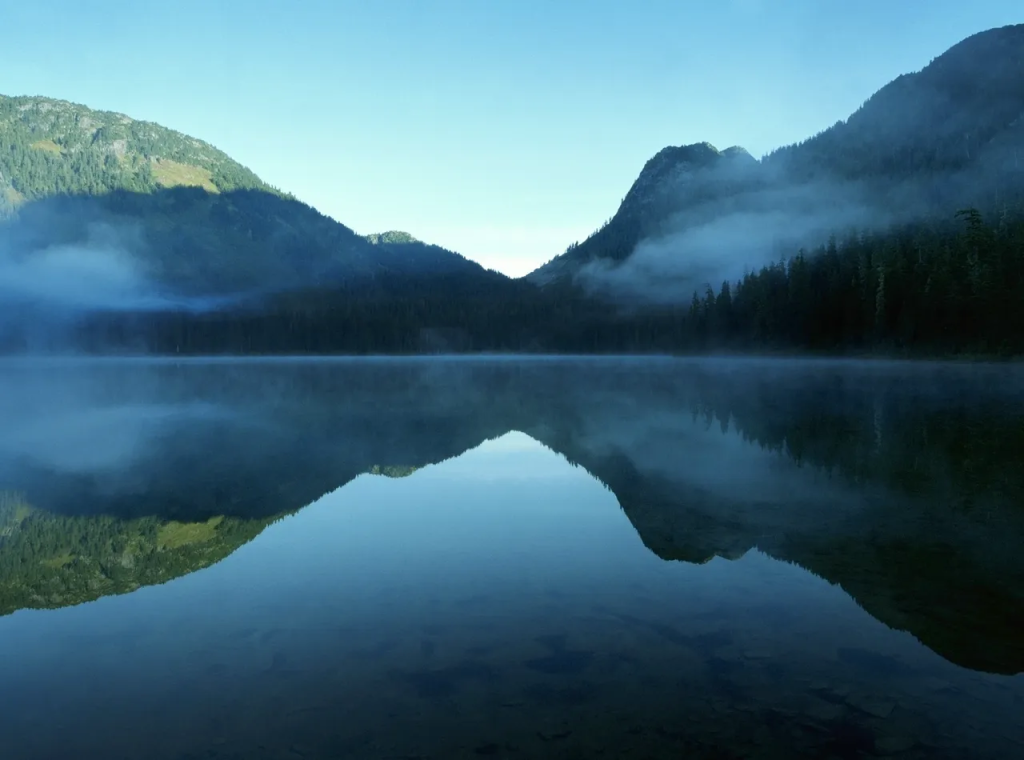
Now we get to the big one. For a true, epic Oregon backpacking experience, nothing beats the . Located in the central Cascades near Bend, this area is defined by the three towering volcanic peaks: North, Middle, and South Sister. The landscape here is just staggering. It’s a mix of dense forest, vast alpine meadows, and rugged, otherworldly lava fields.
This is where I really cut my teeth on high-altitude backpacking. The views are constant and almost overwhelming. You’ll pass dozens of pristine alpine lakes, including and , set against the backdrop of the snow-capped peaks. You’ll also see other major mountains like and . It’s a photographer’s dream and a serious hiker’s challenge.
A Quick Reality Check on the “Loop”
I need to clear something up that I’ve seen confuse people. You might hear about the “Three Sisters Loop Trail.” The main loop that circumnavigates all three peaks is a serious, multi-day undertaking of roughly , not 12.5. That 12.5-mile figure you might see is likely referring to a popular out-and-back day hike or overnight, like the trail to Green Lakes.
I made the mistake on one of my first trips of underestimating the terrain. The volcanic rock fields can be brutal on your feet, and the elevation gain is significant and unforgiving. This is not a beginner backpacking trip. You need to be in good physical condition, be completely self-sufficient, and have your gear (and your navigation) absolutely dialed in.
This Isn’t a Day Hike: The Gear You Absolutely Need
You can’t just show up for this one. The weather in the Cascades is famous for changing in an instant. I’ve been snowed on in July. Proper gear is non-negotiable, and I’m talking about more than just a tent. My pack always includes sturdy, broken-in hiking boots with good ankle support. I also never hike here without trekking poles; they are lifesavers on the steep descents and rocky sections.
Your clothing system is key. You need lightweight, moisture-wicking base layers, a warm insulating layer (like a puffy jacket), and a high-quality waterproof rain shell and pants. A physical map and compass, or a reliable GPS device, are essential, as trails can be obscured by snowfields early in the season. Finally, you must have a water filtration system. There are plenty of lakes and streams, but you need to treat all water. An is a great place to start if you’re building your kit.
The Critical Step Everyone Forgets: Oregon’s Permit Systems
This is, without a doubt, the most important part of this entire article. You can’t just hike and camp wherever you want in Oregon, especially in the most popular areas. The permit systems are confusing, and they are your ticket to (or rejection from) these trails.
For the Gorge and Day Hikes: The Northwest Forest Pass
As I mentioned for Wahclella Falls, many trailheads in the Columbia River Gorge and on national forest land require a . You can buy an annual pass for $30 or a day pass for $5. The key is to buy it before you get to the trail. You can get them at . This pass covers day-use parking at hundreds of sites in both Oregon and Washington.
Some high-traffic areas, like the “Waterfall Corridor” near Multnomah Falls, may also require an additional during peak season. Always check the before you go.
For the High Cascades: The Central Cascades Wilderness Permit
This is the big one. For backpacking in the Three Sisters, Mt. Jefferson, or Mt. Washington wilderness areas, you must have a for any overnight stay . A percentage of these permits are released in a lottery system months in advance, and the rest are released on a 7-day rolling window.
These permits are managed through , and they go fast. This is not optional. Rangers patrol the wilderness, and the fines are steep. This system is in place to from overuse, so you have to plan your trip well in advance. Day-use hikes at some popular trailheads (like Green Lakes or Broken Top) also require this permit, so check the site even if you aren’t staying overnight.
My Playbook for Camping Across the State
Finding a great base camp is just as important as the hike itself. Oregon has some of the best front-country and car-camping spots I’ve ever seen. Here’s a quick rundown of my favorites, broken down by region.
Near Portland: Mount Hood National Forest
If I’m hiking in the Gorge or around Mount Hood, my all-time favorite spot is . It’s just an hour from Portland and offers that iconic, postcard-perfect view of Mount Hood reflected in the lake. It’s fantastic for car camping, kayaking, and fishing. Because it’s so popular, you absolutely need to .
The Central Hub: Camping Around Bend
Bend is the perfect adventure hub, and it’s surrounded by camping. For easy access, is just north of town and sits on the Deschutes River. If you want something more rugged with incredible views, I head to . It’s more primitive, but waking up to see the Three Sisters and Mount Bachelor glowing in the morning light is an experience I’ll never get tired of.
Southern Oregon: Crater Lake and Beyond
You can’t talk about Oregon without mentioning Crater Lake. The inside is the most popular option and the best way to see the park. It’s a large, well-run campground, but it books up months ahead of time on the . If that’s full, I’ve had good luck at south of Medford, which is much quieter and great for fishing.
My Top “Don’t Make This Mistake” Advice
Here’s the biggest mistake I see hikers make in Oregon: underestimating the weather and not respecting the “Leave No Trace” principles. I once got caught on a ridge in the Three Sisters in a sudden, freezing thunderstorm in the middle of August because I didn’t check the mountain forecast. I was soaked and shivering in minutes. Never, ever hike in the Cascades without a rain jacket and warm layers, even if it’s 80 degrees in the parking lot.
And just as important, practice the . These rules are what keep the wilderness wild. (yes, everything), , and stay on durable surfaces. These amazing places are getting loved to death, and it’s on all of us to protect them.
Frequently Asked Questions About Oregon Hiking
Is the Wahclella Falls trail open? Yes! As of my last trip, the trail is fully open and in great condition. The , and the trail is accessible for all hikers.
Do you need a permit to hike in Oregon? It depends. For many popular trailheads in National Forests (like Wahclella Falls), you need a or a $5 day pass for parking. For high-use wilderness areas like the Three Sisters, you need a separate , which you must reserve online.
Can you backpack the Ridgeline Trail in Eugene? No, I strongly advise against it. The Ridgeline Trail system is designed and managed for day use only. Camping is not permitted, and there are very few water sources. It’s a fantastic place for a day hike, but you should look to the nearby for backpacking.
How hard is the Three Sisters Loop? The full loop is very difficult. It’s a with significant elevation gain, technical terrain, and unpredictable weather. It is not a day hike or a beginner trip. Hikes to places within the wilderness, like Green Lakes, are more moderate and can be done as long day hikes or easier overnighters.
What is the single most important piece of gear for hiking in Oregon?
A reliable, waterproof rain jacket. Period. The weather changes faster than you can imagine, especially in the Gorge and the Cascades. A sunny morning can turn into a cold, driving rain by the afternoon. Having a good shell is the difference between a great story and a miserable, dangerous situation.
Final Thoughts
Oregon is a state that will keep you humble and always leave you wanting more. From the easy, misty walks in the Gorge to the lung-busting climbs in the high-altitude wilderness, there’s truly an adventure for every single weekend of the year. My advice is to pick a spot, do your research on permits, and get out there.
If you’re planning your own Oregon adventure, I’d love to hear about it. Check out more of my trip reports and gear breakdowns over at .
About the author
Cap Puckhaber is a marketing strategist, finance writer, and outdoor enthusiast. He writes across CapPuckhaber.com, TheHikingAdventures.com, SimpleFinanceBlog.com, and BlackDiamondMarketingSolutions.com. Follow him for honest, real-world advice backed by 20+ years of experience.
Crater Lake: Deepest Lake in the U.S.

Join our Mailing List
Sign up with us now and be the first one to know about our exclusive offers and product updates.
By submitting your information, you`re giving us permission to email you. You may unsubscribe at any time.
Follow Cap Puckhaber on Social Media


About the Author: Cap Puckhaber
Backpacker, Marketer, Investor, Blogger, Husband, Dog-Dad, Golfer, Snowboarder
Cap Puckhaber is a marketing strategist, finance writer, and outdoor enthusiast from Reno, Nevada. He writes across CapPuckhaber.com, TheHikingAdventures.com, SimpleFinanceBlog.com, and BlackDiamondMarketingSolutions.com.
Follow him for honest, real-world advice backed by 20+ years of experience.
